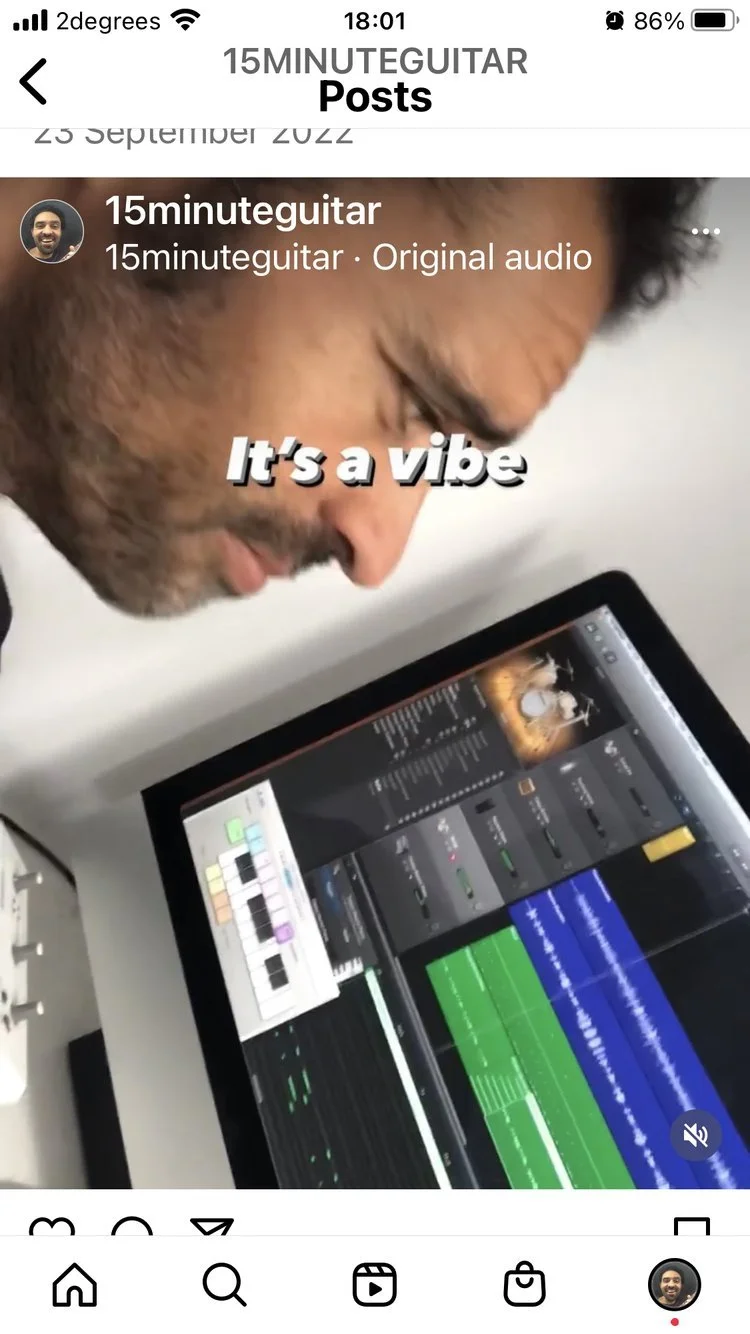Ever sat down with your guitar, started noodling, and thought, *Why does everything I play sound the same? It’s because when it comes to breaking new ground, you’re missing a vital ingredient that will allow you to take the next step.
The Emotional Value of Intervals in Music: A Guide for Guitarists
What scales should I learn to improve my soloing?
An example of my process for writing a song in Garageband (Pt 1)
What are your Questions about Improvisation?
I get a lot of emails asking about improvising: how to start, how to come up with ideas, how to not sound like you are playing scales. Are you stuck creating solos or frustrated that they always sound the same? I can help – what are your top 2 questions?
How to learn new songs / guitar covers faster
The 3 crucial questions you need answering about playing guitar modes
Where Should I Start If I Want To Learn Music Theory?
Help me with the Roman Numeral / Nashville Number System for chords
How do I know what chords to use to write a song?
Budding songwriter who wants to start writing your own songs? While some songwriters take a words-first, approach, many prefer to start with a chord progression to serve as the framework for the song and melody. So how do you know which chords to use in which order? Is there a formula for creating chord progressions?


